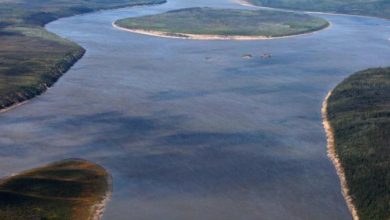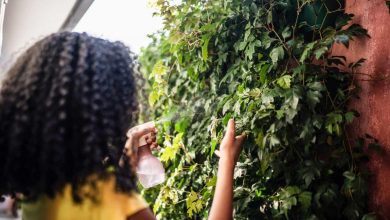Trekking to the Top of Mount Kilimanjaro

Trekking to the Top of Mount Kilimanjaro: The Ultimate Adventure
What You Need to Know Before You Start
Trekking to the top of Mount Kilimanjaro is a challenging yet rewarding adventure that attracts thousands of adventurers each year. Standing at an impressive 5,895 meters (19,341 feet), Mount Kilimanjaro is not only the tallest peak in Africa but also a world-renowned trekking destination. Before embarking on this epic journey, there are a few essential things you need to know.
Choosing the Right Route
One of the first decisions you’ll need to make is choosing the right route for your trek. Mount Kilimanjaro offers several routes, each with its own unique characteristics and difficulty levels. The Marangu, Machame, Lemosho, and Rongai routes are some of the most popular choices. Consider factors such as scenery, acclimatization opportunities, and success rates when selecting your route.
Physical Fitness and Training
Trekking to the top of Mount Kilimanjaro is a physically demanding activity that requires a good level of fitness. Start preparing for the trek well in advance by incorporating regular cardio exercises, strength training, and hiking into your routine. Building endurance is crucial, as you’ll be walking for hours each day and ascending to high altitudes.
Acclimatization and Altitude Sickness
Altitude sickness is a potential risk when trekking at high altitudes. It’s essential to allow your body enough time to acclimate properly. Choose a route that offers enough acclimatization days, and ensure you follow a slow and steady pace during your ascent. Stay hydrated, listen to your body, and inform your guide or fellow trekkers if you experience any symptoms of altitude sickness.
Frequently Asked Questions (FAQs)
Q: How long does it take to reach the summit of Mount Kilimanjaro?
A: The duration varies depending on the route chosen, but on average, it takes between 5-9 days to reach the summit and descend.
Q: Do I need prior trekking experience to climb Mount Kilimanjaro?
A: While prior trekking experience is beneficial, it is not mandatory. However, being physically fit and mentally prepared is essential for a successful climb.
Q: What is the best time of year to climb Mount Kilimanjaro?
A: The best time to climb Mount Kilimanjaro is during the dry seasons: January-March and June-October. These periods offer more stable weather conditions, clearer skies, and higher chances of successful summits.
Q: What are the accommodation options during the trek?
A: Accommodation during the trek is typically in tents or huts, depending on the route chosen. Tented camps offer a more immersive experience, while huts provide basic shelter and amenities.
Q: Is it safe to climb Mount Kilimanjaro?
A: With the right precautions, safety measures, and experienced guides, trekking Mount Kilimanjaro can be a safe adventure. It’s important to choose a reputable trekking company and follow their guidance.
Conclusion
Mount Kilimanjaro offers an unforgettable trekking experience for adventurers seeking a challenge and stunning natural beauty. By choosing the right route, preparing physically and mentally, and taking safety precautions, you can conquer this majestic peak and stand on top of Africa. Start planning your trek to Mount Kilimanjaro today and embark on an adventure of a lifetime!



